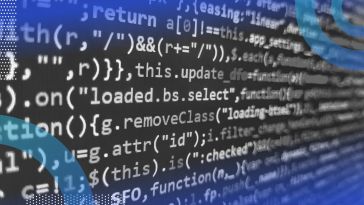Sort By
Most Recent
36 Articles
Now that Excel enables Python logic within its interface, a wide variety of professionals can draw on the power of Python tools to supplement their day-to-day analytics workflows.
Pareto analysis, which strives to separate a vital few factors in a problem from an insignificant many, has a wide variety of applications across industries. Our expert shows you how it works.
Python virtual environments help manage software dependencies and ensure code is reproducible. Our expert explains how they work and shows you how to get started with them.
Class inheritance is an important concept in Python for data scientists and machine learning engineers to know. Here, our expert explains how it works.
A function in Python is a defined section of code that takes an input, performs a specific task and provides an output. Here, our expert introduces you to how they work in Python.
In Python, function wrappers are called decorators, and they have a variety of useful applications in data science. This guide covers how to use them for managing model runtime and debugging.
Missing values in large datasets are a common problem, and dealing with them is an essential skill for every programmer.
A step-by-step tutorial on how to heapify data in a tree data structure, including visuals and example code.
Exception handling is vital for producing code that functions properly under unusual conditions or, at a minimum, clearly explains errors to a user. This guide will introduce you to its principles in C++.
Having a thorough understanding of Python lists and NumPy arrays opens the door to many useful data tasks. This guide will introduce you to both concepts.
Quartiles are a useful tool to rigorously analyze various types of data. This guide will introduce you to their calculation in Python.
Profiling is a crucial tool for data scientists to be able to analyze bottlenecks in a process and ensure smooth, efficient operation. This guide will help you get started with profiling tools in Python.












